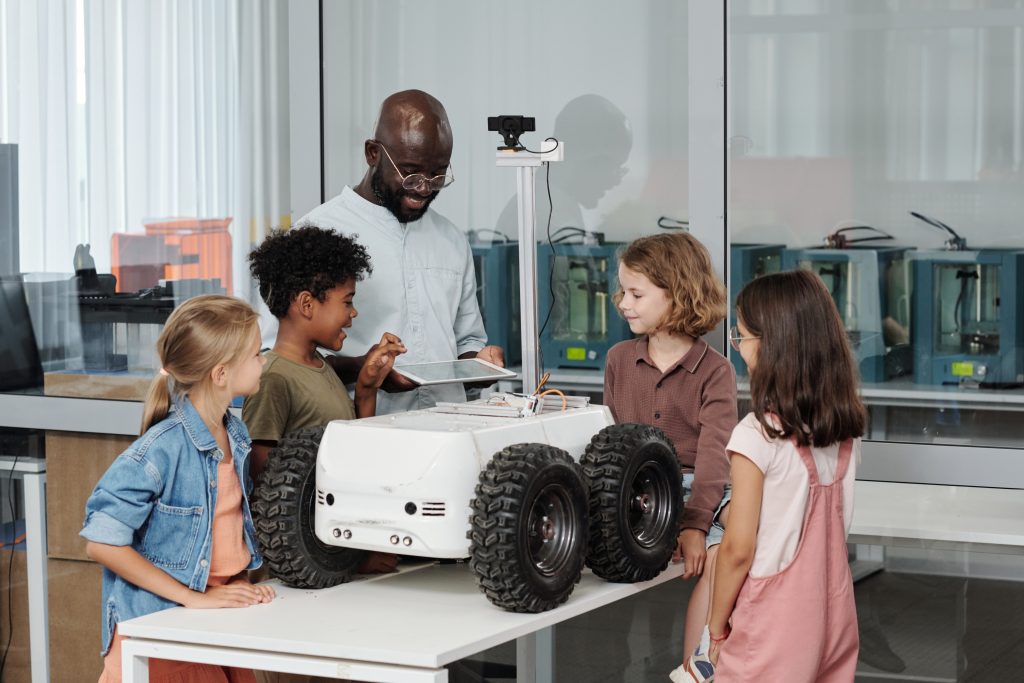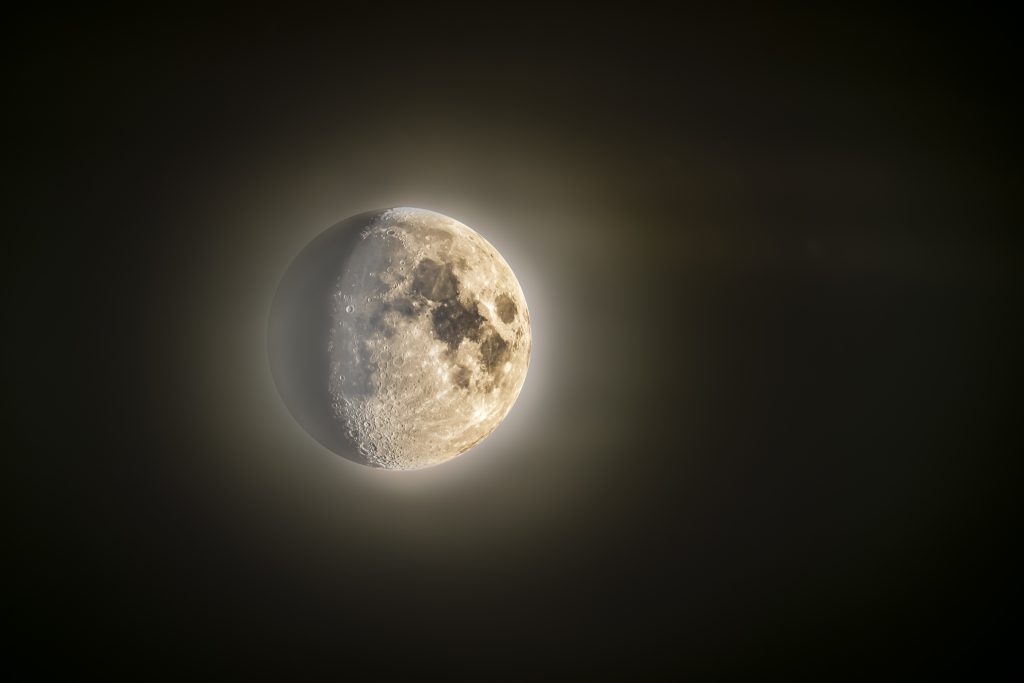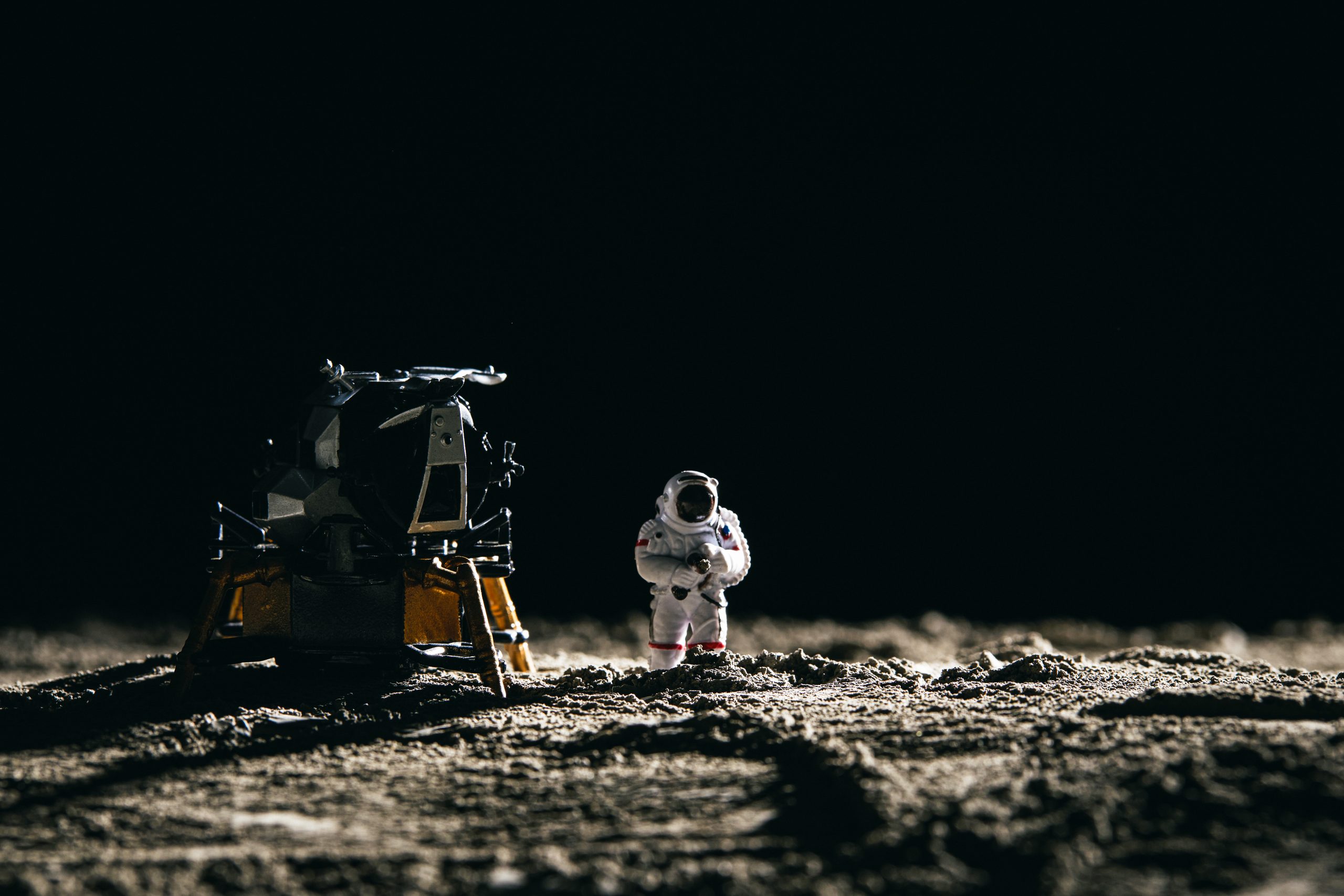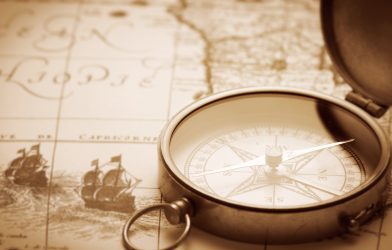Moon rovers have been instrumental in advancing our understanding of the Moon’s surface and its potential for future exploration. Over the years, various countries have developed and deployed these sophisticated machines, each iteration bringing new capabilities and insights.
The Soviet Union was the first to achieve a successful deployment of robotic rovers on the Moon with its Lunokhod program. This pioneering effort laid the groundwork for future lunar exploration.
Lunokhod 1 (1970): Launched aboard the Luna 17 spacecraft, Lunokhod 1 was the world’s first remote-controlled rover to land on the Moon. It was designed to operate for three months but exceeded expectations by functioning for nearly 10 months. Lunokhod 1 traveled over 10 kilometers, capturing panoramic images and conducting soil analysis with its suite of scientific instruments.
Lunokhod 2 (1973): Building on the success of Lunokhod 1, the Soviets launched Lunokhod 2 aboard Luna 21. This rover was more advanced, covering 42 kilometers and operating for about four months. It sent back detailed photographs and data, helping scientists better understand the Moon’s topography and surface composition.

NASA’s Apollo program represented a monumental leap in lunar exploration, introducing the first manned lunar rovers, known as Lunar Roving Vehicles (LRVs).
- Apollo Lunar Roving Vehicle (LRV): The LRV was a battery-powered vehicle used during the Apollo 15, 16, and 17 missions (1971-1972). Designed by Boeing, it allowed astronauts to extend their range of exploration significantly. Each LRV weighed about 210 kilograms and could carry two astronauts, their equipment, and lunar samples.
- Apollo 15 LRV: This mission marked the first use of the LRV, enabling astronauts to travel a total of 27.9 kilometers. The rover’s performance was crucial in collecting diverse geological samples and conducting experiments.
- Apollo 16 LRV: The LRV used in Apollo 16 traveled 26.7 kilometers, exploring the Descartes Highlands and collecting important geological data.
- Apollo 17 LRV: The final LRV mission, Apollo 17, saw the rover travel 35.9 kilometers, setting the record for the longest distance covered by any lunar rover to date. This mission significantly expanded our knowledge of the Moon’s geology.
After a hiatus in lunar exploration, the turn of the 21st century saw renewed interest in moon rovers, with several nations developing advanced robotic explorers.
China emerged as a significant player in lunar exploration with its Chang’e program, named after the Chinese Moon goddess.
- Yutu (“Jade Rabbit”) Rover (2013): As part of the Chang’e 3 mission, Yutu was the first Chinese rover to land on the Moon. Despite encountering mechanical issues after a few weeks, Yutu continued to send valuable data for 31 months. It analyzed lunar soil and rocks, providing insights into the Moon’s composition.
- Yutu-2 Rover (2019): Launched as part of the Chang’e 4 mission, Yutu-2 made history by becoming the first rover to explore the far side of the Moon. It is equipped with advanced instruments, including ground-penetrating radar and spectrometers, to study the unexplored lunar surface and its subsurface structures.
India’s space agency, the Indian Space Research Organisation (ISRO), has also made significant strides with its Chandrayaan program.
- Pragyan Rover (2023): Part of the Chandrayaan-2 mission, Pragyan aims to explore the lunar surface, especially the southern polar region. Although the rover faced challenges during landing, ISRO gained valuable experience and data, contributing to future missions’ success.
The race to explore and utilize the Moon’s resources has fostered international competition and collaboration, leading to a new era of lunar exploration.
NASA’s Artemis program aims to return humans to the Moon and establish a sustainable presence by the mid-2020s. The program includes the development of new lunar rovers designed to support extended human missions.
- VIPER (Volatiles Investigating Polar Exploration Rover): Scheduled for launch in 2024, VIPER will explore the lunar South Pole to search for water ice and other resources. Equipped with a drill and advanced scientific instruments, VIPER will map the distribution of water and help determine its accessibility for future missions.

International Collaborations and Upcoming Missions
Countries like Japan, Russia, and the European Space Agency (ESA) are planning their lunar missions, often collaborating with other nations and private companies.
- Japan’s SLIM Mission (Smart Lander for Investigating Moon): Set to launch in the mid-2020s, SLIM aims to demonstrate precision landing technology and conduct scientific research on the lunar surface.
- Russia’s Luna-Glob and Luna-Resurs Missions: These upcoming missions aim to revive Russia’s lunar exploration efforts, focusing on landing precision and scientific investigation of lunar soil and resources.
- ESA’s HERACLES Program: In collaboration with NASA and other international partners, the HERACLES program aims to develop a reusable lunar lander and rover system for detailed scientific exploration and potential resource utilization.
The evolution of moon rovers reflects humanity’s relentless pursuit of knowledge and exploration. From the pioneering Lunokhod missions to the sophisticated rovers of today, these vehicles have expanded our understanding of the Moon and paved the way for future lunar and planetary exploration. As international competition and collaboration continue to drive innovation, moon rovers will play a crucial role in unlocking the mysteries of the Moon and establishing a sustainable human presence on our celestial neighbor.














